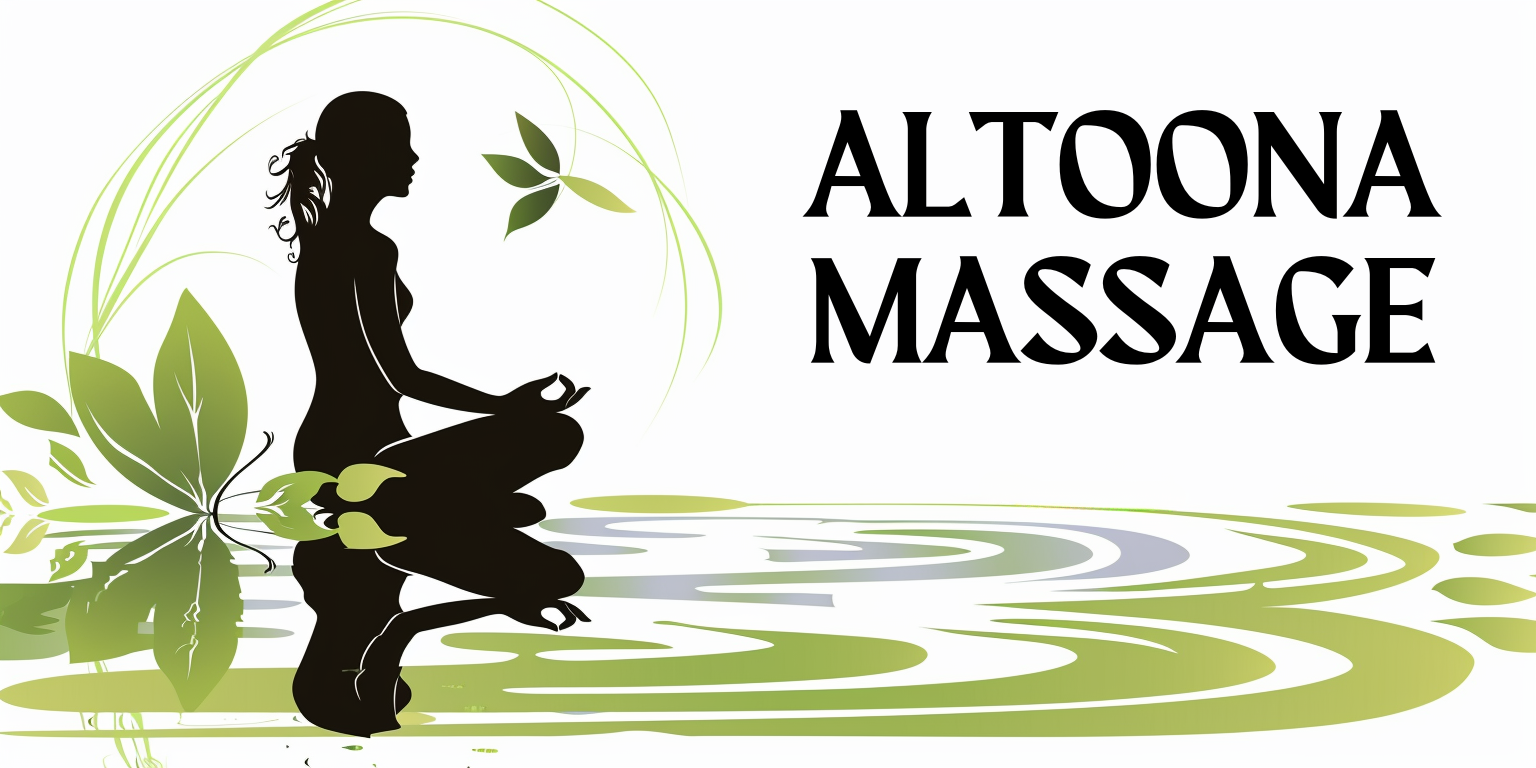Lymphatic drainage massage is a specialized form of bodywork that focuses on stimulating the lymphatic system, which plays a crucial role in your immune function and overall health. This gentle technique involves rhythmic, light pressure applied to specific areas of the body, promoting the natural flow of lymph fluid. As you delve into the world of lymphatic drainage, you may discover how this therapeutic practice can enhance your well-being and support your body’s detoxification processes.
In recent years, lymphatic drainage massage has gained popularity among wellness enthusiasts and health practitioners alike. You might find it particularly appealing if you are seeking a holistic approach to health that emphasizes the interconnectedness of bodily systems. By understanding the principles behind this massage technique, you can appreciate its potential benefits and how it can be integrated into your self-care routine.
Key Takeaways
- Lymphatic drainage massage is a gentle, rhythmic massage technique that helps to stimulate the lymphatic system and promote the natural drainage of lymph fluid from the body.
- The lymphatic system is a vital part of the immune system, responsible for removing waste and toxins from the body, and plays a key role in maintaining overall health and well-being.
- Lymphatic drainage massage can help to reduce swelling, improve circulation, and support the body’s natural detoxification process, leading to a range of benefits including reduced inflammation, improved immune function, and enhanced relaxation.
- Individuals with conditions such as lymphedema, fibromyalgia, and those recovering from surgery or injury can benefit from lymphatic drainage massage, as well as anyone looking to support their overall health and wellness.
- During a lymphatic drainage massage, clients can expect a gentle, soothing experience that focuses on specific areas of the body to encourage lymphatic flow and promote relaxation. It is important to communicate with a qualified therapist about any medical conditions or concerns before the massage.
Understanding the Lymphatic System
Here is the rewritten text with 3-4 The Lymphatic System: A Vital Component of Immune Function
The lymphatic system is a complex network of vessels, nodes, and organs that play a crucial role in maintaining our overall health. It is responsible for transporting lymph, a clear fluid that contains white blood cells, proteins, and waste products, throughout the body. This system acts as a vital component of our immune system, helping to filter out toxins and pathogens while maintaining fluid balance.
How the Lymphatic System Works
Unlike the circulatory system, which relies on the heart to pump blood, the lymphatic system relies on the movement of our muscles and joints to circulate lymph. This means that if we lead a sedentary lifestyle or experience certain health conditions, our lymphatic flow may become sluggish.
The Importance of Promoting Lymphatic Health
Understanding how the lymphatic system works can motivate us to incorporate activities that promote lymphatic health. Regular exercise and lymphatic drainage massage are two effective ways to stimulate lymphatic flow and maintain overall well-being. By taking proactive steps to support our lymphatic system, we can boost our immune function and enjoy better health.
The Benefits of Lymphatic Drainage Massage

The benefits of lymphatic drainage massage extend far beyond mere relaxation. One of the primary advantages is its ability to enhance lymphatic circulation, which can lead to improved immune function. By facilitating the movement of lymph fluid, this massage technique helps your body eliminate toxins more efficiently, potentially reducing your risk of illness.
You may find that regular sessions contribute to a stronger immune response, allowing you to feel more resilient against common ailments. In addition to bolstering your immune system, lymphatic drainage massage can also alleviate swelling and inflammation. If you’ve ever experienced edema or post-surgical swelling, you might appreciate how this technique can help reduce discomfort and promote healing.
The gentle pressure applied during the massage encourages excess fluid to be reabsorbed into the bloodstream, leading to a noticeable reduction in puffiness. This benefit can be particularly appealing if you are recovering from an injury or surgery.
Who Can Benefit from Lymphatic Drainage Massage
Lymphatic drainage massage is suitable for a wide range of individuals, making it an accessible option for many seeking to improve their health. If you are someone who frequently experiences stress or anxiety, you may find that this massage technique provides a calming effect on both your mind and body. The gentle nature of the strokes can help you unwind and promote a sense of tranquility, making it an excellent choice for those looking to enhance their mental well-being.
Moreover, individuals recovering from surgery or dealing with chronic conditions such as lymphedema can greatly benefit from lymphatic drainage massage. If you have undergone procedures that affect your lymphatic system or have conditions that cause fluid retention, this therapy can aid in your recovery process. By facilitating lymph flow and reducing swelling, you may experience improved mobility and comfort in your daily activities.
What to Expect During a Lymphatic Drainage Massage
When you arrive for a lymphatic drainage massage session, it’s essential to know what to expect so that you can fully relax and enjoy the experience. Typically, the session begins with a consultation where the therapist will ask about your health history and any specific concerns you may have. This dialogue allows them to tailor the session to meet your individual needs effectively.
During the massage itself, you will likely lie on a comfortable table while wearing loose-fitting clothing or a gown provided by the therapist. The strokes used in lymphatic drainage are gentle and rhythmic, often resembling a light caress rather than deep tissue pressure. As you settle into the session, you may notice a sense of calm washing over you as the therapist works to stimulate your lymphatic system.
Many clients report feeling deeply relaxed during and after the treatment, often experiencing a sense of lightness in their bodies.
Potential Side Effects and Precautions

While lymphatic drainage massage is generally considered safe for most individuals, it’s important to be aware of potential side effects and precautions. Some people may experience mild discomfort or temporary fatigue following their session as their body adjusts to increased lymph flow. If you notice any unusual symptoms or prolonged discomfort after your massage, it’s advisable to consult with your therapist or healthcare provider.
Certain medical conditions may contraindicate lymphatic drainage massage. For instance, if you have an active infection, congestive heart failure, or severe kidney issues, it’s crucial to discuss these with your therapist before proceeding with treatment. They can help determine whether this type of massage is appropriate for you or suggest alternative therapies that may better suit your needs.
How to Find a Qualified Lymphatic Drainage Massage Therapist
Finding a qualified lymphatic drainage massage therapist is essential for ensuring a safe and effective experience. Start by seeking recommendations from friends or healthcare professionals who may have experience with this type of therapy. Online reviews and directories can also provide valuable insights into local practitioners’ qualifications and expertise.
When evaluating potential therapists, consider their training and certifications in lymphatic drainage techniques. Many practitioners undergo specialized training programs that focus on the anatomy and physiology of the lymphatic system as well as specific massage techniques. It’s also beneficial to schedule an initial consultation where you can discuss your goals and any concerns you may have before committing to a session.
Incorporating Lymphatic Drainage Massage into Your Wellness Routine
Incorporating lymphatic drainage massage into your wellness routine can be a transformative experience for both your physical and mental health. As you explore this therapeutic practice, you may find that it not only enhances your immune function but also promotes relaxation and emotional well-being. By understanding the benefits and nuances of this technique, you can make informed decisions about how best to integrate it into your self-care regimen.
Whether you choose to indulge in occasional sessions or make it a regular part of your routine, lymphatic drainage massage offers a unique opportunity to nurture your body and mind. As you embark on this journey toward improved health, remember that listening to your body’s needs is paramount. With each session, you may discover new levels of vitality and balance that contribute positively to your overall quality of life.
FAQs
What is lymphatic drainage massage?
Lymphatic drainage massage is a gentle, rhythmic massage technique designed to stimulate the flow of lymph fluid throughout the body. This type of massage targets the lymphatic system, which is responsible for removing waste and toxins from the body and supporting the immune system.
How is lymphatic drainage massage performed?
During a lymphatic drainage massage, a trained therapist uses light pressure and long, gentle strokes to encourage the movement of lymph fluid. The massage typically focuses on specific areas of the body where lymph nodes are located, such as the neck, armpits, and groin.
What are the benefits of lymphatic drainage massage?
Lymphatic drainage massage can help reduce swelling and edema, improve circulation, support the immune system, and promote overall relaxation and well-being. It is often used as a complementary therapy for conditions such as lymphedema, fibromyalgia, and post-surgical recovery.
Who can benefit from lymphatic drainage massage?
Individuals who experience swelling, fluid retention, or compromised immune function may benefit from lymphatic drainage massage. It can also be beneficial for those seeking relaxation and stress relief, as well as individuals recovering from surgery or injury.
Are there any contraindications for lymphatic drainage massage?
Lymphatic drainage massage may not be suitable for individuals with certain medical conditions, such as acute infections, congestive heart failure, or active cancer. It is important to consult with a healthcare provider before receiving lymphatic drainage massage, especially if you have any underlying health concerns.
